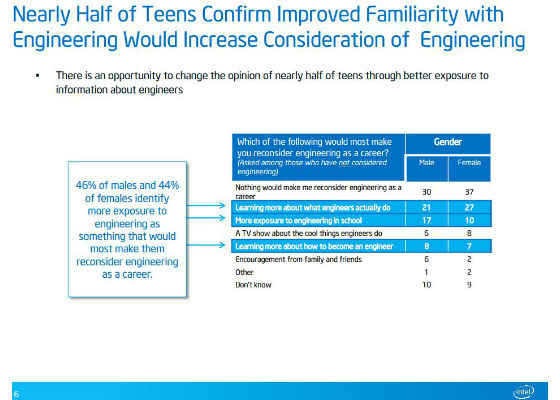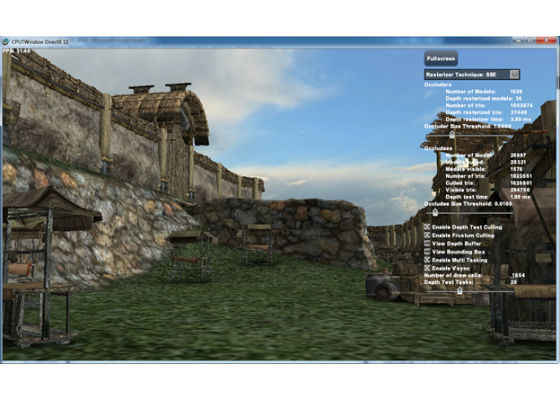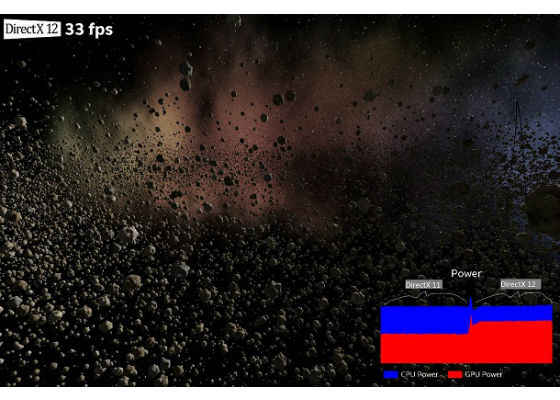Introduction to Games Engineering at Intel

Intel is invested in the future of the gaming and interactive entertainment industries. We develop high-quality integrated graphics solutions, like our Iris and Iris Pro GPUs. We ensure that as many games as possible run well (if not best) on Intel Architecture (x86 and x64). We deliver code samples to share our knowledge of graphics and related fields with other developers. And we investigate how new technology will intersect with gaming, like virtual reality and the Internet of Things, so that we can make sure our hardware brings value to these new fields.
From this software occlusion culling sample, by Kiefer Kuah
My name is Geoff, and I’m a Games Engineer in the Developer Relations Division at Intel. As a “Games Engineer” my job is two-fold. I work with game developers to find ways that we can work together to achieve our common goals, and when a partnership makes sense, we work together to execute on them. We have account managers that handle the actual business negotiations, but people in my position lend the engineering support needed to make some of these decisions. Our partnerships take many forms. Sometime they are long-term, and sometimes they only last the length of a single project. Sometimes we’ll help with performance and sometimes it’s all about visual differentiation.
When I’m not working on a specific ISV (Independent Software Vendor) engagement, I’m able to work on internal projects, that, if successful, eventually manifest into code samples and publications. These projects are primarily used to supplement the ISV work we do, like demonstrating a new, more efficient algorithm for occlusion culling, or analyzing the scaling of a physics simulation on 2, 4, 6, and 8 cores.
From this DX12 performance sample, by Andrew Lauritzen
Some projects take only a week or two to finish, but some can take months, change direction half-way through, or be abandoned altogether due to lack of resources or project feasibility. And some are ongoing, getting published or presented on only after major milestones are hit.
I would like to use this blog as an opportunity to open a window for the game developer community into the walls of Intel (or at least the Developer Relations Division) and give some more exposure to the cool stuff we get to be a part of.
I think that there is a lot that developers can learn from seeing a project in motion: bugs that took us weeks to find and resolve, inefficiencies in our algorithms that had to be improved, and the reasons why some projects ultimately failed.
I believe that it's impossible to care about something that you've never heard anything about. By sharing information early and often, I hope to generate more interest in and awareness of this work.
I also love showing off, so this is a great forum for me to brag about my awesome job and my awesome coworkers.
>Lastly, we all get busy with life, and the reality is that sometimes projects get put on hold for seemingly unknown reasons. I want readers to be aware of what’s going on, so that they’ll know why a project they are following hasn’t been updated for weeks. Most of the time, it’s not because the developer on the project has abandoned the work! In reality, she was preparing presentations for two major conferences in February and March and didn’t have the time to dedicate to engineering work. Or he just took a sabbatical with his family and was on vacation for 8 weeks.
On that note, I’ll mention that last week I attended GDC (Game Developer’s Conference) in San Francisco and presented a technical talk on behalf of Intel, so many of my projects were put on hold while I prepared for this. My next post will be a summary of the interesting sessions I attended and demos I saw at the conference, so stay tuned!
For more such intel resources and tools from Intel on Game, please visit the Intel® Game Developer Zone
Source: https://software.intel.com/en-






